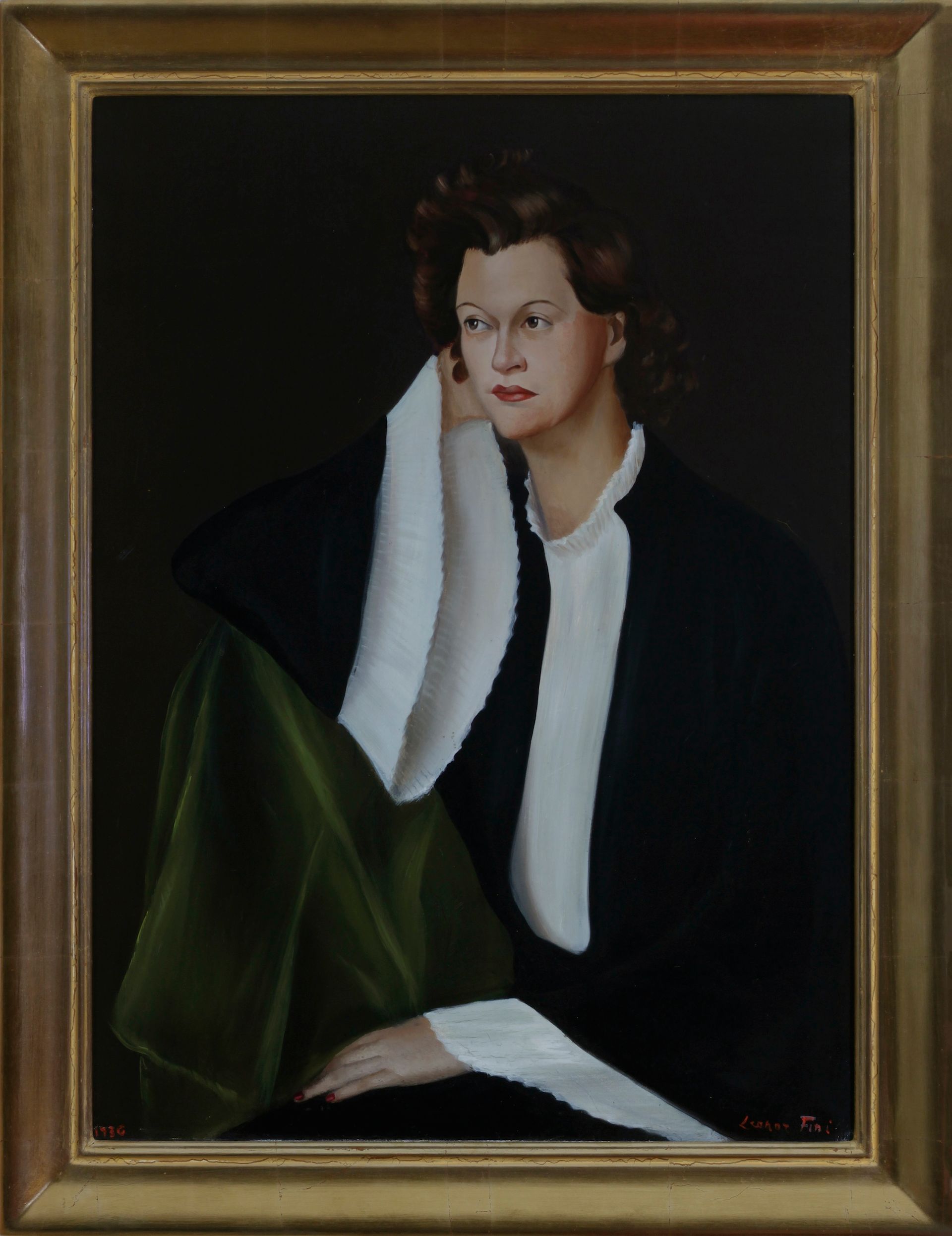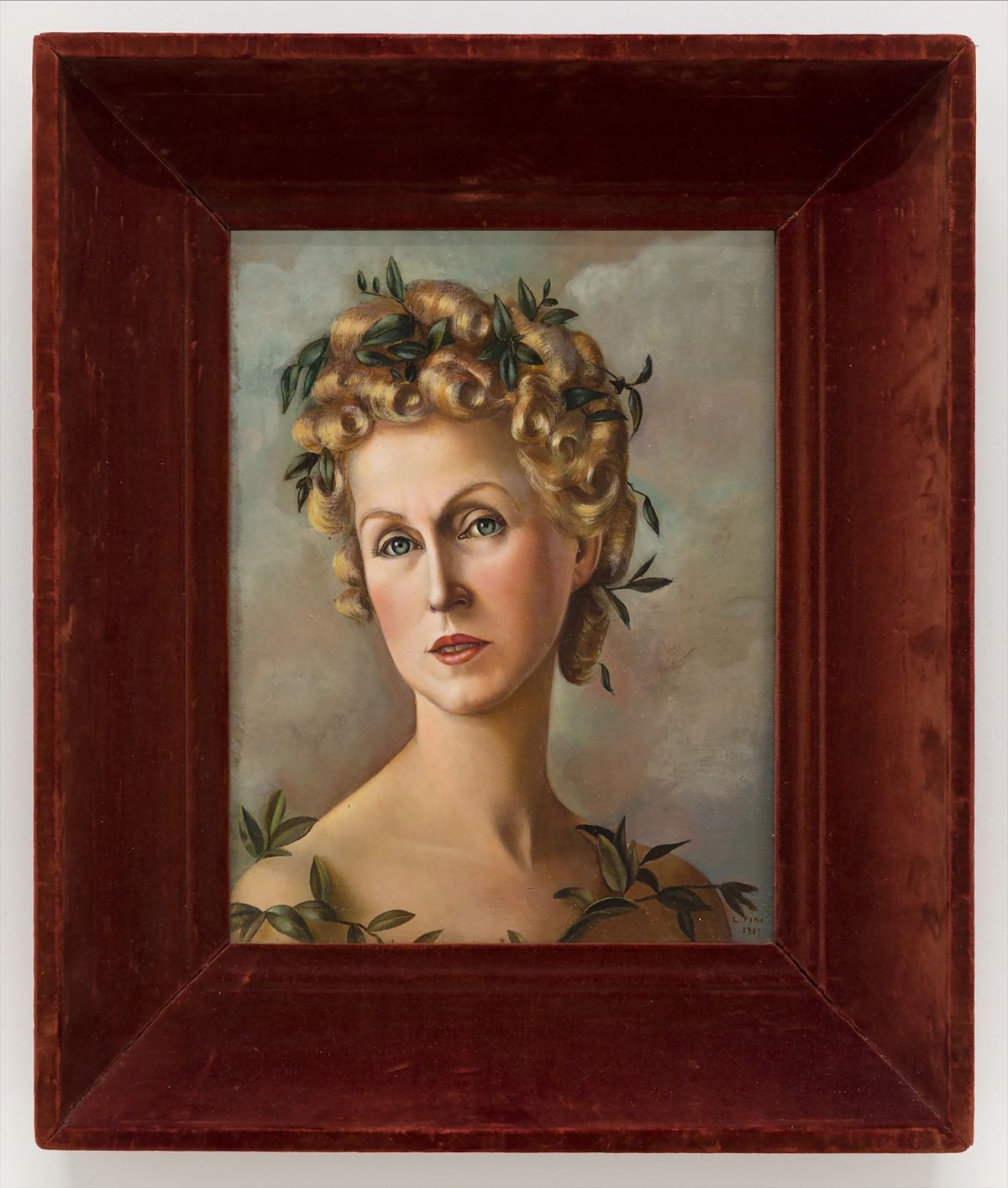One of the buzziest stands at this year’s Art Basel in Miami Beach is dedicated to Leonor Fini. An Argentine-born artist associated with the Surrealist movement, Fini was often overlooked during her lifetime in favour of her male peers. But now the public and the market are taking a closer interest in Fini and other women artists, dealers say. This year marks the first time Fini’s work has been shown at the Florida art fair.
The stand is a joint presentation between Galerie Minsky in Paris and San Francisco’s Weinstein Gallery. Their partnership began two decades ago, when Galerie Minsky founder Arlette Souhami first met Weinstein Gallery founder Rowland Weinstein. (Souhami was Fini’s original dealer, according to Victor Picou, the director of Galerie Minsky.) The stand serves as a retrospective of sorts, ranging from Fini’s well-known portraits of Parisian society to works on paper, masks and Surrealist furniture. Works range in price from around $12,000 to $3.5m—a price that exceeds Fini’s auction record.
Picou says the market for Fini’s work has been heating up in the past few years, encouraged by a 1938 self-portrait that sold for $2.3m with fees at Sotheby’s New York in 2021, which remains her most expensive work at auction and the only one to reach seven figures.

Leonor Fini, Portrait of Victoria Pini, 1936 Courtesy Galerie Minsky, Paris
“There’s a growing demand for Fini, especially her Surrealist portraits,” Picou says. “Surprisingly, it’s going towards her works on paper as well. We’re really happy, because she loved working on paper.”
Born in Buenos Aires to an Italian mother and an Argentine father, Fini is known for her work in Paris, where she lived for more than 60 years. The 100th anniversary next year of the Surrealist movement, which will be celebrated with a major show at the Centre Pompidou in Paris, has helped broaden interest in Fini’s work, Picou says. He adds that the exhibition's organisers have already requested a work currently on sale at the stand, 14 Chats dans la Forêt (1968). While Fini rejected labels like “Surrealist” and turned down an invitation to join the group, she associated with members like Salvador Dalí, Leonora Carrington and Max Ernst. Fini is due to have a retrospective of her own in Milan next year.
Fini, who died in Paris in 1996, was a controversial artist during her lifetime. Much of her work depicted men and women in ways that challenged the strict gender roles of the time, and the eroticism in her art was shocking to contemporary audiences.
“She was a free person in all different ways—in her paintings, in her lifestyle, in everything,” Picou says. “She was really ahead of her time.”


